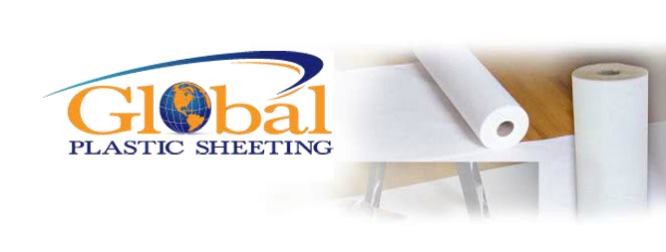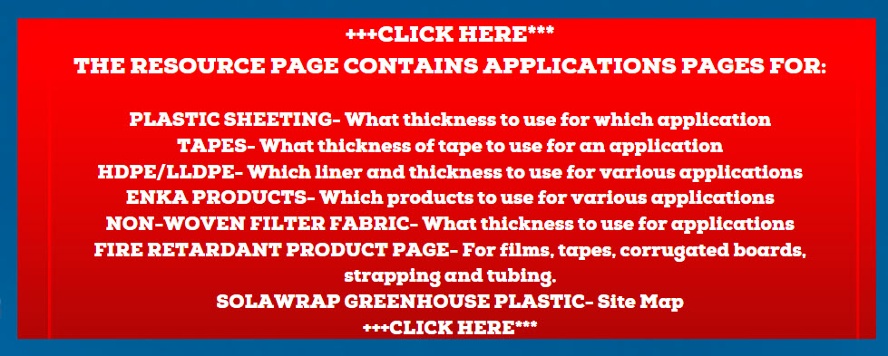Restoration Companies: The Unsung Heroes of Disaster Recovery
What is a restoration company?
A restoration company specializes in restoring homes and businesses to their pre-damaged condition following disasters such as floods, fires, and mold infestations. Their services encompass damage cleanup, repairs, and renovations, providing essential expertise for disaster recovery.
When it comes to restoration projects, the need for versatile and effective solutions is paramount. Restoration companies are often tasked with the challenging job of bringing properties back to their former glory after disasters. In this demanding industry, poly sheeting emerges as a crucial tool, offering a wide range of applications and benefits that can truly dazzle.
Poly sheeting, often referred to as polyethylene sheeting or plastic sheeting, is a durable and flexible material that is used in a variety of ways by restoration professionals. Let's dive into the world of poly sheeting, exploring how and when restoration companies utilize it, the different thicknesses required, and the reasons why this material is an indispensable asset in their toolkit.
Versatility in Restoration
Restoration companies are well aware of the unpredictable nature of their work. They often find themselves facing various challenges, such as controlling moisture, containing hazardous materials, or creating temporary enclosures during renovations. Poly sheeting offers an ideal solution due to its versatility. It can be employed in several critical ways:
-
Moisture and Water Protection: In cases of water damage restoration, poly sheeting acts as an effective barrier to prevent further moisture infiltration, protecting the structure from additional harm.
-
Mold Remediation: When dealing with mold-infested areas, poly sheeting is used to create containment zones to prevent mold spores from spreading to unaffected parts of the building.
-
Asbestos Abatement: Restoration companies often encounter asbestos removal projects. Poly sheeting is used to enclose the work area, preventing the release of harmful asbestos fibers into the air.
-
Fire and Smoke Damage: For properties affected by fire and smoke damage, poly sheeting can be used to separate and protect areas that need cleaning or reconstruction.
-
Temporary Enclosures: During renovations, poly sheeting can be used to create temporary enclosures, reducing dust and debris migration to other parts of the property.
Thickness Matters
Poly sheeting comes in various thicknesses, commonly measured in mils (one mil is equivalent to 0.001 inches). Restoration companies need to carefully choose the appropriate thickness based on the specific application:
-
4 Mil (0.004 inches): This thickness is suitable for light-duty applications, such as temporary dust barriers. It offers basic protection against dust and debris.
-
6 Mil (0.006 inches): A versatile choice, the 6 mil poly sheeting is commonly used in moisture control, mold containment, and asbestos abatement. It provides better durability and protection.
-
10 Mil (0.01 inches) or Thicker: For heavy-duty applications, such as creating sturdy moisture barriers or constructing durable enclosures, restoration companies opt for thicker poly sheeting. It offers superior strength and protection.
Other Considerations:
Here are some additional factors that may affect the thickness of plastic sheeting used by a restoration company:
-
The size of the area to be protected: Larger areas will typically require thicker plastic sheeting to provide adequate protection.
-
The type of hazard to be protected against: Thicker plastic sheeting is typically required to protect against more hazardous materials.
-
The budget of the restoration project: Thicker plastic sheeting is typically more expensive, so the budget of the restoration project may be a factor in determining the thickness of the plastic sheeting that is used.
The Role of Poly Sheeting in Safety and Compliance
Safety and compliance are paramount in the restoration industry. Poly sheeting not only serves as a practical tool but also contributes to maintaining a safe and compliant work environment. When used properly, poly sheeting helps restoration companies adhere to regulations related to environmental safety, containment, and hazardous material handling.
Moreover, it provides peace of mind to both restoration professionals and property owners. By using the right thickness and quality of poly sheeting, restoration companies can confidently tackle a wide range of projects, knowing that they have a reliable and effective solution at their disposal.
Environmental Considerations
In the age of environmental consciousness, it's essential to mention that many poly sheeting products are now available in environmentally friendly options. These biodegradable or recyclable poly sheets not only reduce waste but also align with sustainable practices, making them an attractive choice for restoration companies looking to minimize their ecological footprint.
Conclusion: The Indispensable Tool for Restoration
In the world of restoration, poly sheeting is not just a piece of plastic; it's a versatile and indispensable tool that enables professionals to address a multitude of challenges effectively. From moisture control to hazardous material containment and temporary enclosures, its flexibility and adaptability make it a must-have for any restoration company.
When choosing poly sheeting, thickness matters. The right thickness ensures the material can withstand the demands of the specific restoration project. And, in an industry where safety, compliance, and environmental considerations are paramount, poly sheeting offers peace of mind, allowing restoration companies to confidently embark on their mission to restore and revitalize properties after disasters. With the right poly sheeting in their arsenal, restoration professionals can dazzle with their efficiency and effectiveness in delivering top-notch results.



